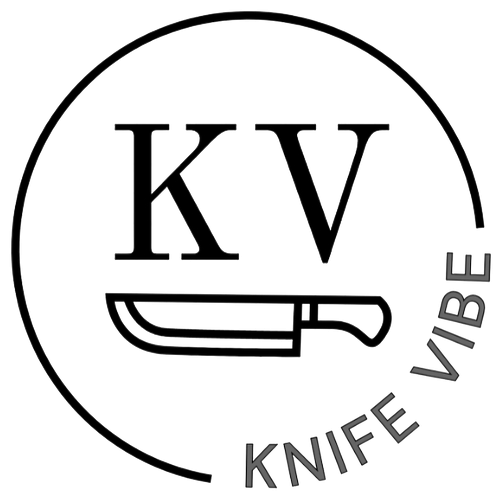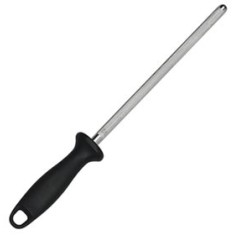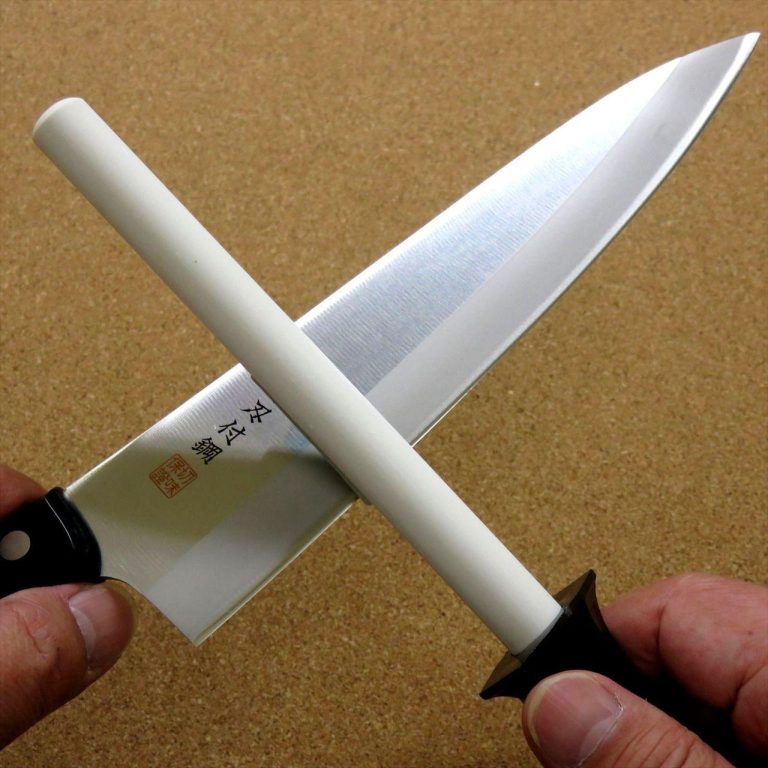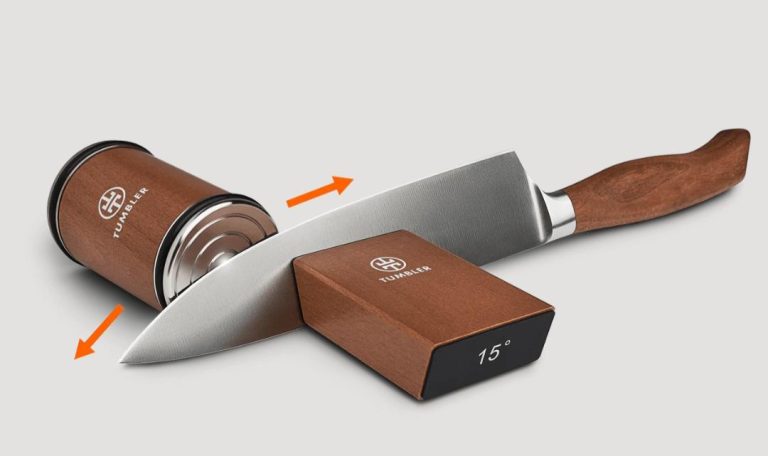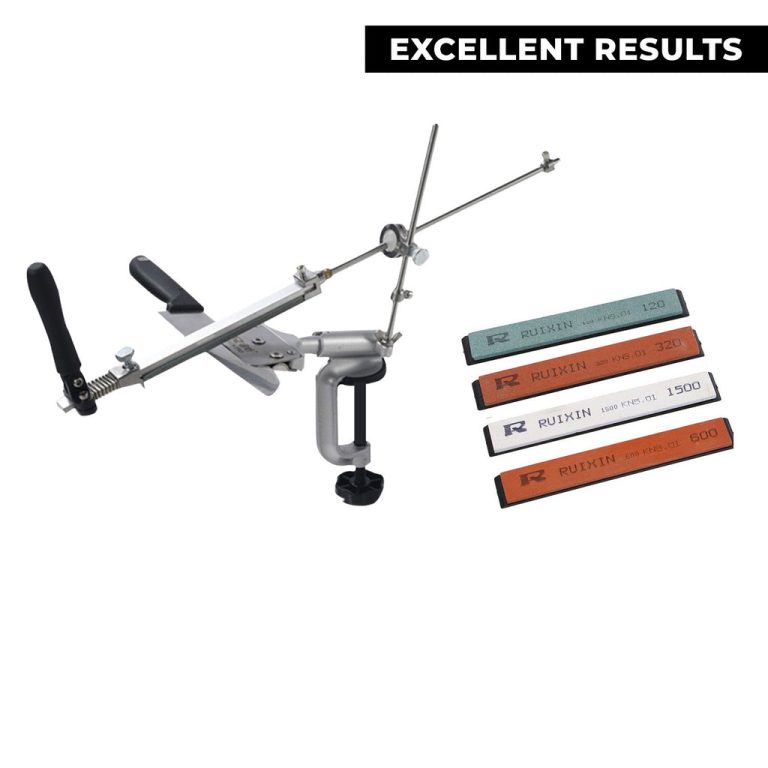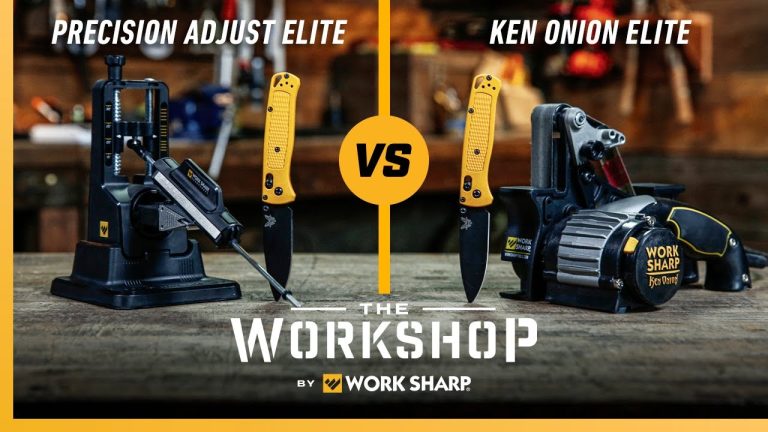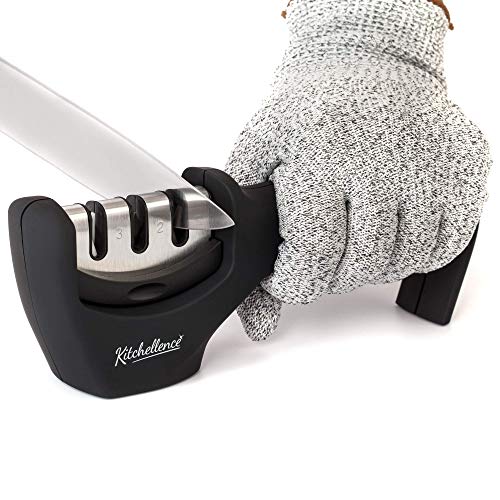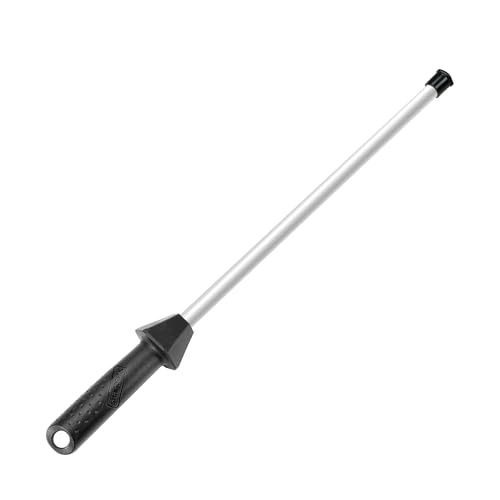Do Knife Sharpeners Wear Out: The Truth You Need to Know
Yes, knife sharpeners do wear out over time. The lifespan of a sharpener depends on its type and usage.
Knife sharpeners are essential tools in any kitchen. They keep your blades sharp and ready for use. But like any tool, they don’t last forever. The materials and frequency of use affect their longevity. Regular use can cause wear and tear, impacting their efficiency.
In this blog, we’ll explore how long different types of sharpeners last. You’ll learn what factors contribute to their wear and how to extend their life. Understanding this helps you get the most out of your sharpener. Stay tuned to find out more about maintaining and replacing your knife sharpener.

Credit: www.worksharptools.com
Introduction To Knife Sharpeners
Knife sharpeners can wear out over time. The frequency of use and the quality of the sharpener affect its lifespan. Regular maintenance helps prolong its effectiveness.
Knife sharpeners play a crucial role in maintaining the efficiency of your kitchen tools. With regular use, knives lose their sharpness. A dull knife can be dangerous. It requires more force to cut. This increases the risk of slipping and causing injuries. Using a good knife sharpener can keep your blades in top condition. This ensures smooth and precise cuts. It also prolongs the life of your knives. Let’s dive deeper into the purpose and types of knife sharpeners.Purpose Of Knife Sharpeners
The main purpose of a knife sharpener is to restore the blade’s edge. Over time, the edge of a knife becomes dull. This makes it less effective for cutting. Sharpening realigns the blade and removes any deformations. This process brings back the knife’s original sharpness. Using a sharp knife makes cooking easier. It allows for precise and clean cuts. This reduces the time spent on food preparation. A sharp knife also improves safety. Less force is needed to cut, reducing the risk of accidents.Types Of Knife Sharpeners
There are different types of knife sharpeners available. Each type has its own advantages. Manual sharpeners are simple and easy to use. They often have two slots. One for coarse sharpening and one for fine honing. This allows you to restore the blade and then polish it. Electric sharpeners are more advanced. They offer automatic sharpening. Just insert the knife, and the machine does the work. This type is fast and convenient. It is ideal for those who use knives frequently. Whetstones or sharpening stones are traditional tools. They require more skill and practice. Rub the blade against the stone to sharpen it. This method allows for a high level of control. It is preferred by professional chefs. Each type of sharpener serves the same purpose. Keeping your knives sharp and ready for use. “`How Knife Sharpeners Work
Understanding how knife sharpeners work is crucial for maintaining your kitchen tools. This knowledge helps you choose the right sharpener and ensures that your knives are always in top condition.
Sharpening Mechanism
Knife sharpeners use different mechanisms to restore a blade’s edge. Some use manual methods, while others are electric. Manual sharpeners often have a slot with a fixed angle. You pull the knife through to sharpen it. Electric sharpeners use rotating wheels. These wheels grind against the knife blade to sharpen it.
Abrasive Materials Used
The effectiveness of a knife sharpener depends on the abrasive material. Common materials include diamond, ceramic, and tungsten carbide. Diamond abrasives are the hardest. They are ideal for tough sharpening tasks. Ceramic abrasives are gentler and suitable for fine-tuning. Tungsten carbide is durable and effective for quick sharpening.
| Abrasive Material | Durability | Use |
|---|---|---|
| Diamond | High | Tough tasks |
| Ceramic | Medium | Fine-tuning |
| Tungsten Carbide | High | Quick sharpening |
Factors Affecting Sharpener Longevity
Understanding the factors affecting sharpener longevity is essential for maintaining your sharpening tools. Knife sharpeners are durable, but their lifespan depends on various factors. Let’s explore these factors to help you get the most out of your knife sharpener.
Frequency Of Use
The frequency of use plays a crucial role in the lifespan of a knife sharpener. Using the sharpener daily will wear it out faster than occasional use. For instance, professional chefs need to sharpen their knives more often than home cooks. This increased use leads to quicker wear and tear.
Consider the following to understand the impact of frequency:
- Daily Use: High wear and tear
- Weekly Use: Moderate wear and tear
- Monthly Use: Low wear and tear
To extend your sharpener’s life, use it only when necessary. Overuse can lead to the sharpening material wearing down quickly.
Quality Of Materials
The quality of materials used in a knife sharpener significantly impacts its durability. High-quality materials ensure a longer lifespan. In contrast, low-quality materials wear out faster and may not sharpen effectively.
Here’s a comparison of common materials used in knife sharpeners:
| Material | Durability | Performance |
|---|---|---|
| Diamond | High | Excellent |
| Ceramic | Medium | Good |
| Steel | Low | Moderate |
Invest in sharpeners made from high-quality materials like diamond or ceramic. These last longer and maintain their effectiveness over time.
Understanding these factors will help you choose and maintain a knife sharpener that lasts longer and performs well.
:max_bytes(150000):strip_icc()/winners-graphic-resized-sea-honing-steels-test-messermeister-12-1200-grit-ceramic-sharpening-rod-ashlee-redger-40-a6423424ed454c639fe82d0a40f2bacd.jpg)
Credit: www.seriouseats.com
Signs Your Knife Sharpener Is Wearing Out
Your knife sharpener may be wearing out if it takes longer to sharpen blades. Another sign is uneven sharpening. Regular checks can help maintain the tool’s effectiveness.
A dull knife sharpener can make cooking harder. Knowing the signs helps you decide if it needs replacing. Here are some clear indicators your knife sharpener is wearing out.Decreased Performance
A good knife sharpener makes knives sharp quickly. If it takes longer to sharpen, it might be wearing out. The sharpener should work in a few strokes. If not, it’s a sign it’s losing its edge.Visible Wear And Tear
Check for any visible damage. Look at the surface of the sharpener. Are there cracks or chips? These can affect its performance. Worn-out materials mean it’s time for a new one. Clean and inspect it often to spot these signs early. “`Maintenance Tips For Knife Sharpeners
Knife sharpeners are essential tools in any kitchen. Maintaining them ensures they stay effective. Proper care extends their life. Let’s explore some tips for maintaining your knife sharpeners.
Regular Cleaning
Clean your knife sharpener after each use. Remove metal shavings and debris. Use a soft brush or cloth. Avoid using water unless the sharpener is water-resistant. Dry it thoroughly before storing.
Proper Storage
Store your knife sharpener in a dry place. Avoid humid areas which can cause rust. Use a protective cover if available. Keep it away from direct sunlight. Proper storage prevents damage and prolongs its life.
Comparing Electric And Manual Sharpeners
Knife sharpeners come in two main types: electric and manual. Each type has its own set of benefits and drawbacks. This section will help you understand how they compare in terms of durability and maintenance.
Durability Differences
Electric sharpeners generally wear out faster. They use motors and moving parts. These components can break down over time. Manual sharpeners often last longer. They have fewer parts and do not rely on electricity. The wear and tear on manual sharpeners are usually minimal.
Ease Of Maintenance
Electric sharpeners need more maintenance. You have to clean the motor and moving parts. Manual sharpeners require less upkeep. You just need to clean the sharpening surface. This makes manual sharpeners easier to maintain. Electric sharpeners may need professional servicing. Manual sharpeners can be maintained at home with basic tools.
When To Replace Your Knife Sharpener
Even the best knife sharpeners wear out over time. Knowing when to replace your knife sharpener is crucial for maintaining sharp blades. A dull sharpener can damage your knives and make cutting tasks difficult. Let’s explore when to replace your knife sharpener and what factors to consider.
Cost-benefit Analysis
Assessing the cost-benefit of replacing your knife sharpener is essential. Here are some factors to consider:
- Initial Cost: Compare the price of a new sharpener with the cost of repair.
- Frequency of Use: How often do you use your sharpener? Frequent use wears it out faster.
- Performance: A worn-out sharpener loses its effectiveness, making it harder to sharpen knives.
Weigh these factors to decide if replacing your sharpener is worth the investment.
Expert Recommendations
Experts offer valuable advice on replacing knife sharpeners. Here are their top tips:
- Check for Wear: Inspect your sharpener regularly for signs of wear, such as uneven surfaces or reduced grit.
- Test Sharpness: Sharpen a knife and test its sharpness. If the knife remains dull, it may be time to replace the sharpener.
- Follow Manufacturer’s Guidelines: Many sharpeners come with recommended replacement intervals. Follow these guidelines for optimal performance.
Following these expert tips can help you maintain sharp knives and ensure your sharpener works effectively.

Credit: www.reddit.com
Frequently Asked Questions
Do Knife Sharpeners Have A Lifespan?
Yes, knife sharpeners do have a lifespan. Over time, the abrasive materials wear out. This reduces their effectiveness. Regular maintenance can extend their life.
How Long Do Knife Sharpeners Last?
The lifespan of a knife sharpener varies. It depends on the frequency of use and quality. Typically, they last a few years with regular use.
Can A Worn-out Knife Sharpener Damage Knives?
Yes, a worn-out sharpener can damage knives. It may not sharpen evenly, leading to uneven edges. Always check your sharpener’s condition.
How Can I Tell If My Sharpener Is Worn Out?
Signs of a worn-out sharpener include reduced sharpening efficiency and visible wear on the abrasive surface. If knives remain dull, it’s time for a replacement.
Conclusion
Knife sharpeners do wear out over time. Their lifespan depends on usage. Regular maintenance can extend their life. Clean and store them properly. Invest in quality sharpeners for long-term use. Replace sharpeners when they no longer perform well. Sharp knives ensure safety and efficiency.
Keep your kitchen tools in top condition. Happy cooking!
